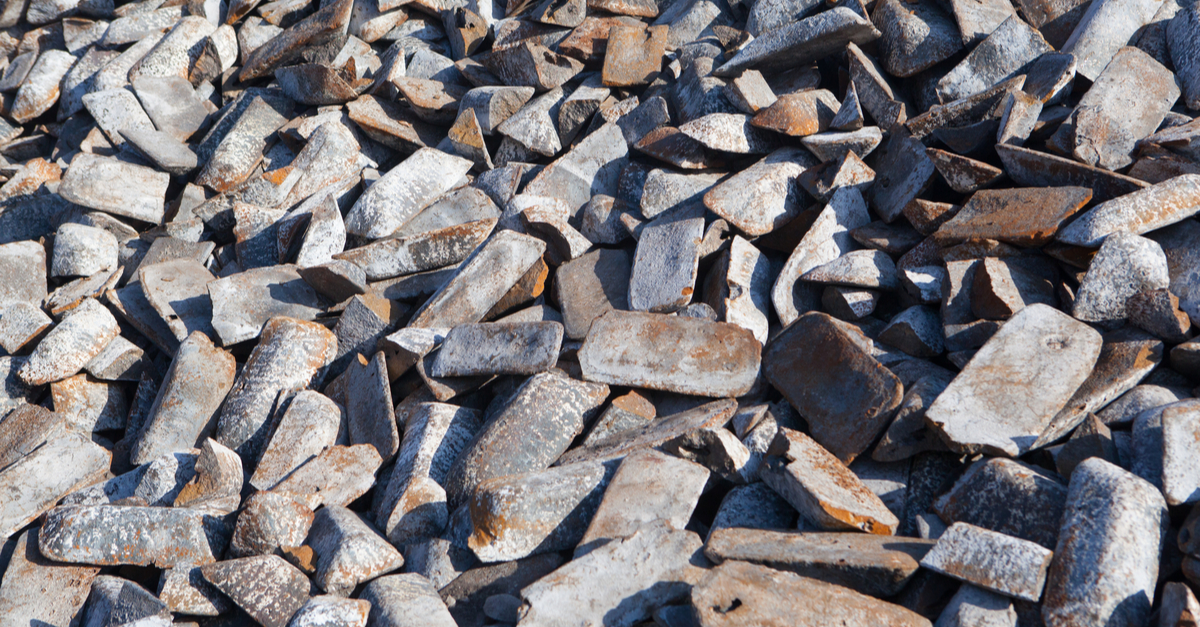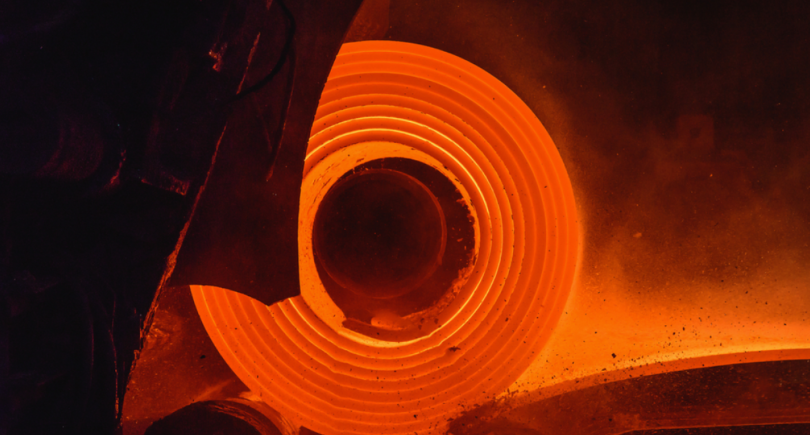
News Global Market EU 2222 04 April 2025
European importers used almost 70% of the annual quota for imports of pig iron from Russia
The European Union (EU) increased imports of pig iron from Russia to a record level in January 2025. Thus, according to Eurostat, the volume of supplies is estimated at 474.54 thousand tons, while a year earlier (in January 2024) it amounted to 36.3 thousand tons, and in December 2024 – 0.6 thousand tons.
The bulk of Russian pig iron was shipped to Italy – 347.73 thousand tons (13.2 thousand tons in January 2024). Another 71.6 thousand tons were imported by Latvia (18.1 thousand tons), 18 thousand tons – by Spain (0 thousand tons), 15.3 thousand tons – by Belgium (0 thousand tons), and 14.8 thousand tons – by Poland (5.1 thousand tons).
“The supply of pig iron from Russia is not banned, but limited by quotas under the 12th package of sanctions. In the first month of 2025, European producers used 67.8% of the annual quota. It is possible that this quota will be fully utilized in the next two to three months, and then the volume of pig iron imports from Russia will stop. Starting from January 1, 2026, imports of pig iron from Russia will be completely banned unless the existing regulations are amended,” said Andriy Glushchenko, GMK Center analyst.
The total volume of imports of mining and metals products (pig iron, semi-finished products, DRI, ferroalloys, scrap, iron ore) from Russia to the EU in January this year is estimated at 809.15 thousand tons, up 89.3% compared to January 2024 and 2.7 times more than in the previous month. The cost of importing the relevant products amounted to €323.74 million.
Imports of semi-finished steel products increased by 50.8% y/y and by 16.5% m/m to 283.98 thousand tons. The key imports were from Belgium – 118.83 thousand tons (+72.9% y/y), and Italy – 93.46 thousand tons (+4.3 times y/y).
Deliveries of direct reduced iron (DRI) from the Russian Federation in January amounted to 50.4 thousand tons (+3.5% m/m; -73.1% y/y), scrap – 0.2 thousand tons (-94.4% m/m; -85.9% y/y). Iron ore and ferroalloys of Russian origin were not supplied to the EU market during the period.
As GMK Center reported earlier, in 2024, the EU imported 5.34 million tons of iron and steel products from Russia. Despite the sanctions, Russian producers continue to generate significant revenues from exports to the EU, with the amount exceeding €2.5 billion last year. This indicates the low efficiency of the current restrictions and the existence of exemptions that allow Russian steelmakers to export to the EU markets.




